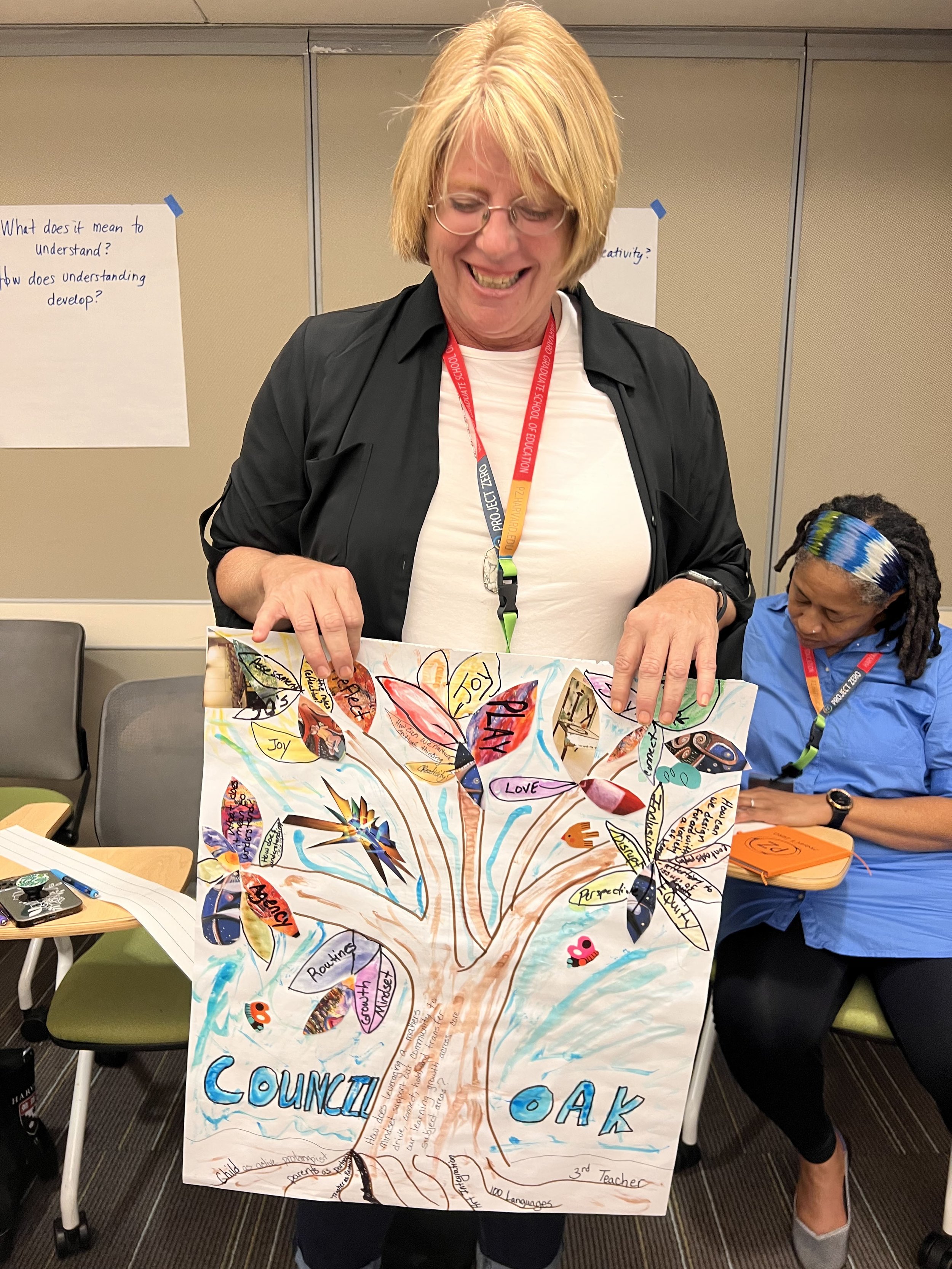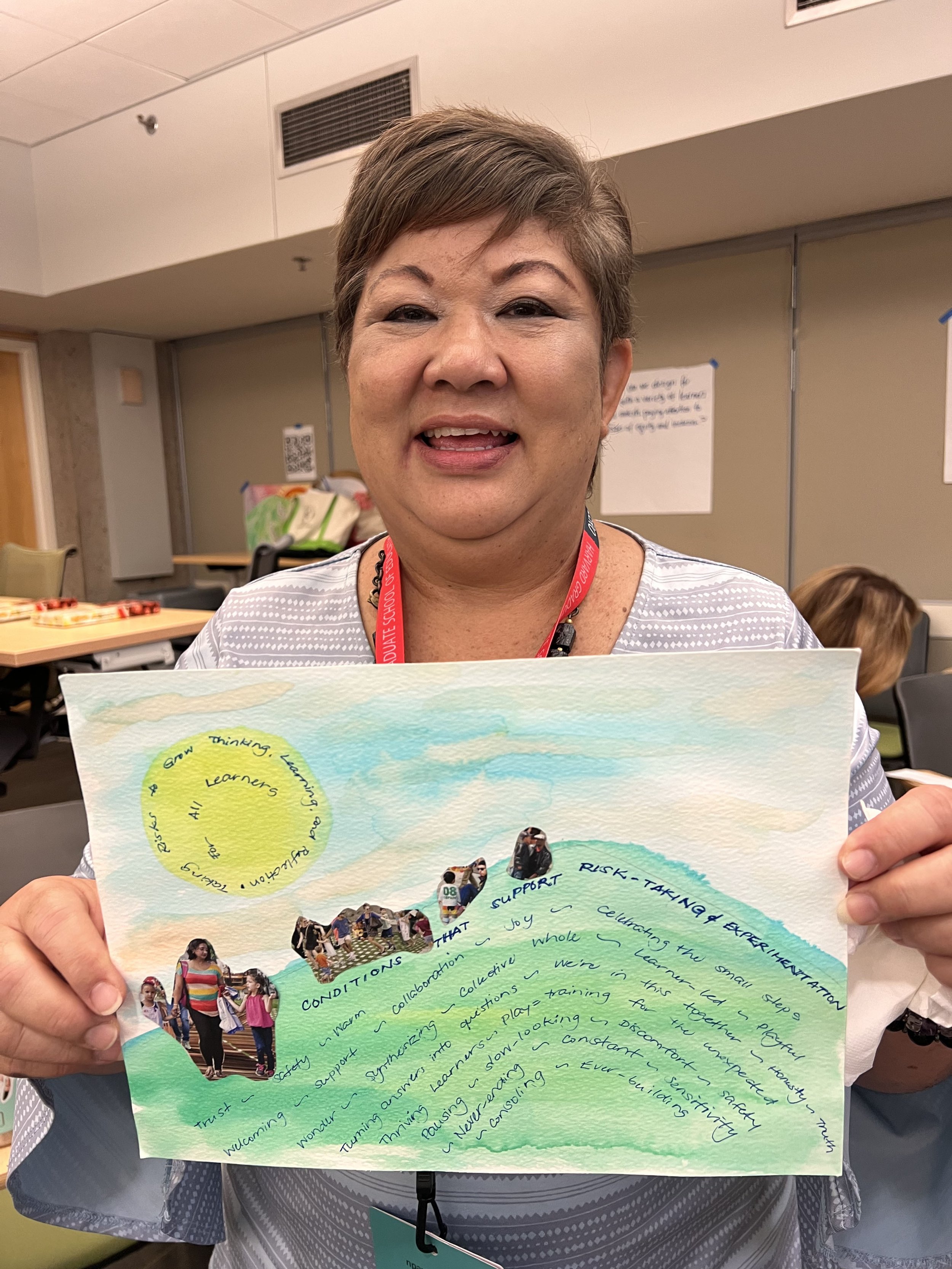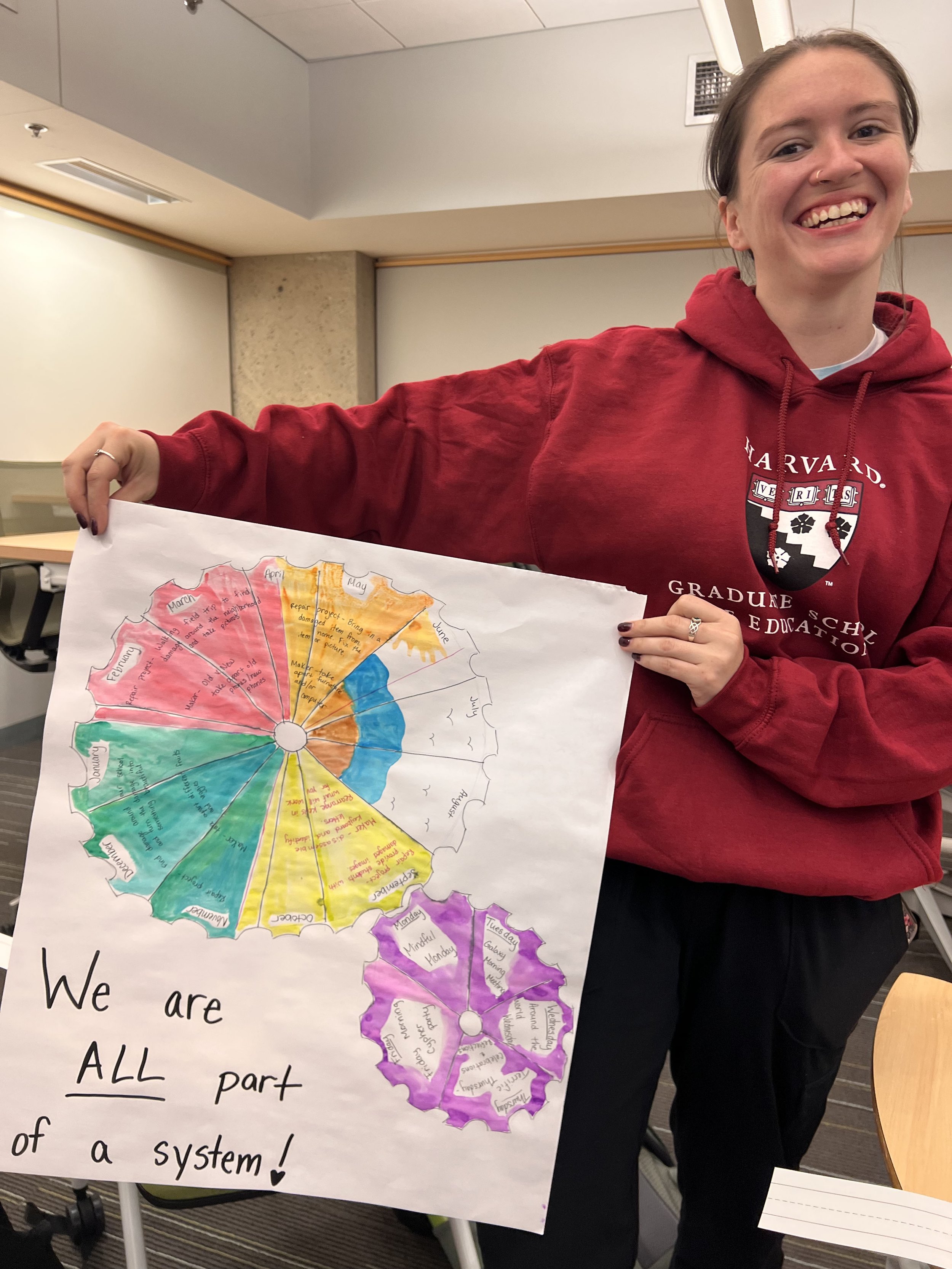A Decade of Inspiration and Collaboration at Harvard’s Project Zero Classroom (PZC)
One of the professional experiences I look forward to every year is serving on the faculty of Project Zero Classroom (PZC). Founded at the Harvard Graduate School of Education in 1967, Project Zero leads research and inquiry into the arts and arts education, emphasizing creativity, curiosity, and critical thinking. Many of the foundational frameworks on which KID smART is built are based on research from Project Zero. This marked my 10th year on faculty at PZC, and once again, I returned with new energy, inspiration, and ideas.
One of the most inspiring and relevant sessions I attended was led by researcher Ron Ritchhart on how to build cultures of learning in our schools. As Ron says,
“A culture lives in values and beliefs. A culture sends messages to communicate these values. In schools, we send messages about what learning looks like, how it happens, what it means to be a good student, and the role of teachers and students. The messages we send are largely based on the mindsets we hold. These mindsets inform how we approach the act of schooling. They represent the professional stance we take toward teaching and learning.”
It is only enough to give teachers and students the tools and skills for teaching and learning if we are also attending to building their mindsets for using those tools and skills. This is why arts integration is such a powerful approach to teaching and learning. Arts integration has the power to build the culture of a school by attending to the growth and inclination to construct these mindsets with an eye toward not just achievement on short-term assessments but toward building the long-term muscles of creative thinking, innovation, and personal growth.
In the research, Ron Ritchhart has identified ten mindsets for building these cultures of learning, but I want to focus on three and how they intersect with the work of KID smART and can improve our schools here in New Orleans, making them more joyful and effective places to teach and learn.
“For classrooms to be cultures of thinking for students, schools must be cultures of thinking for teachers. If we support and empower the adults in the school to continually grow, innovate, question, take risks, reflect, examine, inquire, and learn from and with one another, then teachers will create those same conditions for the students in their classrooms.”
Often, teacher professional development emphasizes delivering curriculum in a specific manner, removing any room for experimentation, exploration, and excitement. These sessions need to prioritize the preparation of educators to inspire both their students and themselves to approach learning as a lifelong endeavor. KID smART works with schools and teachers to present professional learning that challenges and engages educators so they can create those same conditions in their classrooms.
“Students learn best when they feel known, valued, and respected by both the adults in the school and their peers. If we focus on knowing our students, demonstrate that we value them as thinkers and learners, and develop positive relationships with them both individually and collectively, then disruptive behavior will decrease, students will be more engaged, and they will feel more connected to the school community.”
A 2023 report showed that only half of New Orleans students agreed that their teachers cared about their emotional well-being or that they sparked and maintained students’ interest in learning. Through arts integration, the KID smART model attends to students' social and emotional growth as much as their creative and academic growth. The community and connection built in KID smART classrooms ensure that students are able to feel their best so they can learn their best.
“To create a new story of learning, we must change the role of the student and the teacher. If we support students in becoming active creators, initiators, problem finders, and community members while we as teachers focus on coaching, mentoring, and being community navigators, then students’ understanding, engagement, curiosity, and self-direction will increase.”
While measuring student growth is important, we know that the story of learning extends far beyond what test scores can measure. Through the engagement we see with arts integration, students can use many modalities to express and demonstrate their learning, meaning that we can better see the many facets of student learning in real time. The arts also connect with some of our most historically marginalized students, exceptional learners, English language learners, and less verbal students, allowing them to find natural pathways to content comprehension and retention.
I left Project Zero with a deep feeling of hope and optimism in the knowledge that we all have a shared goal of creating intellectually stimulating environments for our students where they can be active participants and constructors of their own learning.









